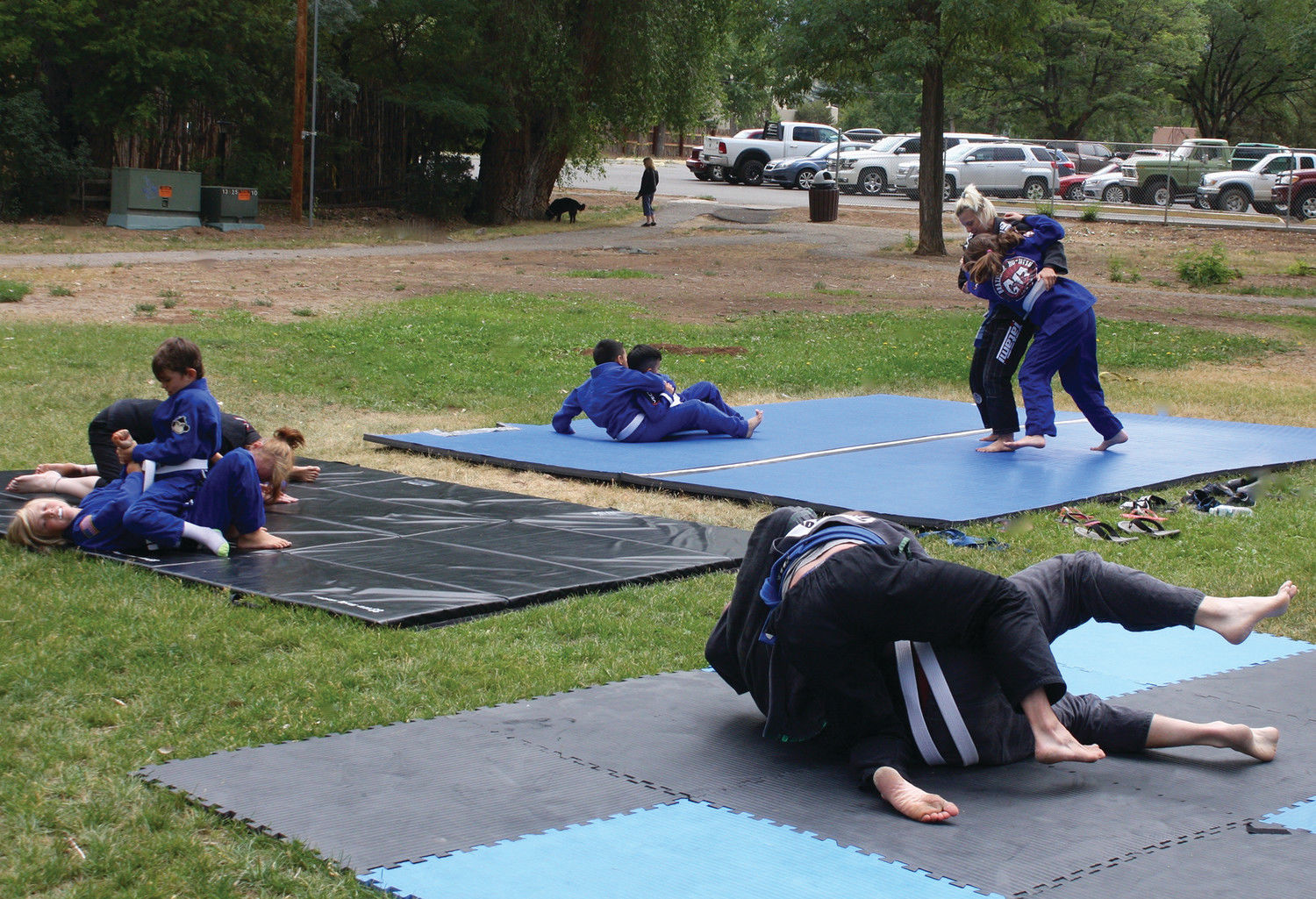
Applegate to form the United States Camp B, now known as Camp David. Following his instruction at Camp X, Fairbairn was rejoined by Col. Agents were trained in depth to dispose of their enemy quickly and quietly with brutal effectiveness. Fairbairn's 'special assignment' in Oshawa, Canada, was to teach his system to Allied special forces at the most highly classified training operation of WWII, Camp X. Fairbairn to North America, and Sykes to SOE, where he trained special agents for behind the lines duties. Once the British Commando School in Scotland was able to produce its own Fairbairn/Sykes qualified instructors, both men were transferred. troops including US Marines and Rangers, as well as OSS operatives and later to the FBI and CIA as the foundation of their basic training. Anthony Biddle, these highly effective skills were taught to U.S. Applegate and other instructors such as Col. It was at this top secret Scottish location that Colonel Rex Applegate of the U.S. Immediately, Fairbairn was commissioned in the British Commandos and ordered to teach a lethal version of his system at the Commando school in Scotland.

They found one such edge in Fairbairn's system. The start of the Second World War saw the Allied forces needing every advantage to give their soldiers and special forces a winning edge. Fairbairn's CQC-system is also described in Rex Applegate's book Kill or Get Killed.įairbairn published several more books on the subject of self-defense, all of which refer to Defendu only in relation to the earlier book. As Taught To The British Commandos And The U.S.
#DEFENDU TRAINING HOW TO#
This book was later published in a civilian edition, missing the chapters on bayonet-fighting and rifle sighting, under the name Get Tough! How To Win In Hand-To-Hand Fighting.

#DEFENDU TRAINING MANUAL#
The militarized version of Defendu is described in the military manual All in fighting 1942, used as a supplement during WW2 CQB-training. The original Defendu was oriented towards self-defense and restraint, while the Close Quarters Combat system concentrated on rapid disabling of an opponent, with potentially lethal force. This system was built on Defendu, but modified for military applications, rather than police and riot control. Fairbairn and others expanded on this system to create the Close Quarters Combat system that was then taught to the troops. Thus, in an attempt to highlight the originality of Fairbairn's material, the term did not appear in the 1931 edition of the book.įairbairn was called upon by the British to help train Allied troops in World War II.

This confused early readers of the book, who assumed that the techniques within had been based mainly in the Eastern martial arts that Fairbairn had learned.

Fairbairn published his book, Defendu, in 1926 (re-printed as Scientific Self Defence in 1931), illustrating this method and it is here that the term "Defendu" first appeared. It was designed to be simple to learn and to provide effective results. Based on his training in boxing, wrestling, savate, Shin no Shinto-ryu Jujutsu from Okada, and fights he was involved in during his police work, Fairbairn began to develop his own system of hand to hand combat, calling it "Defendu".


 0 kommentar(er)
0 kommentar(er)
